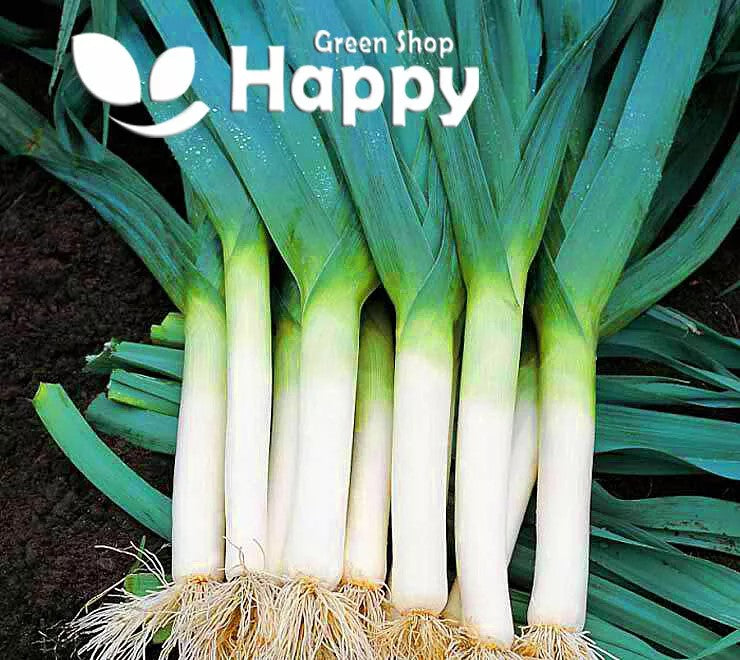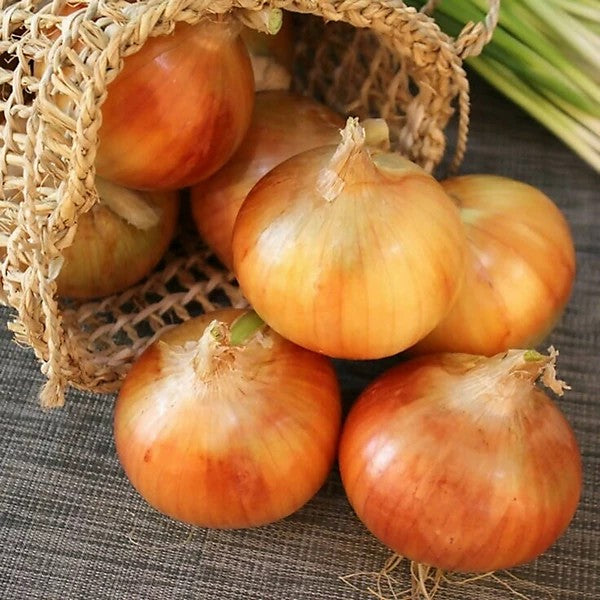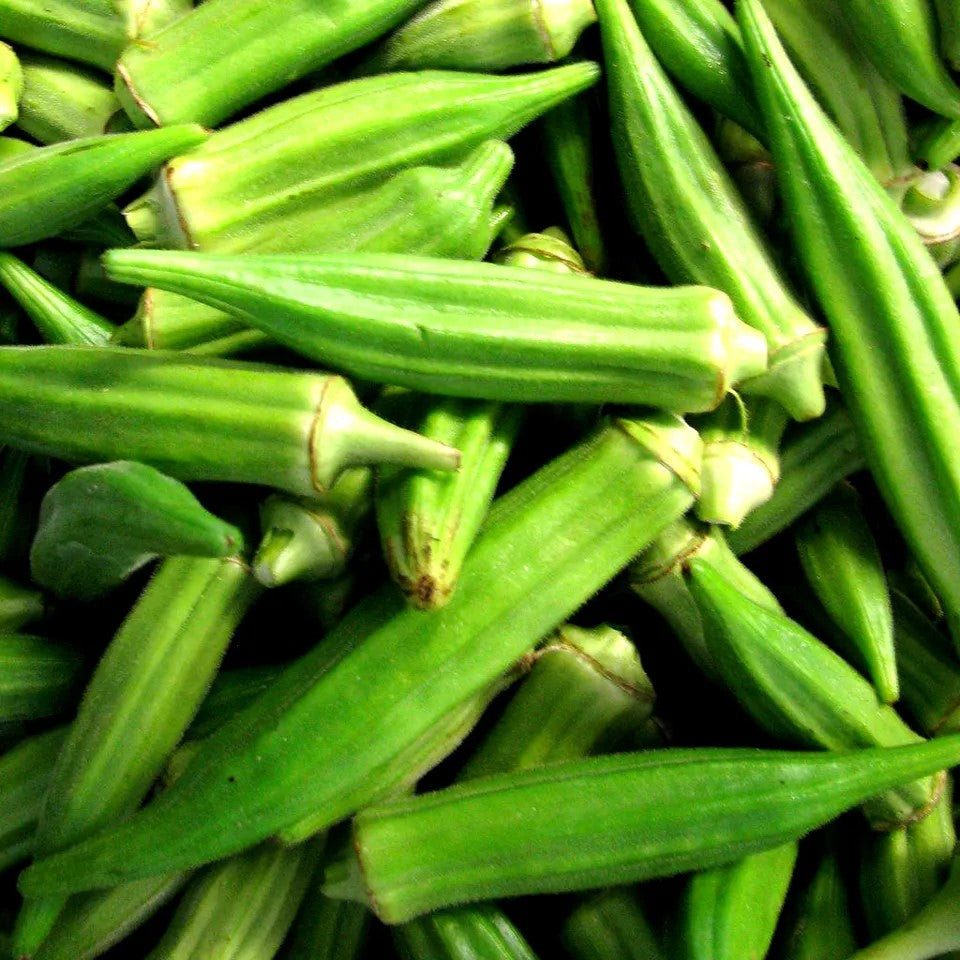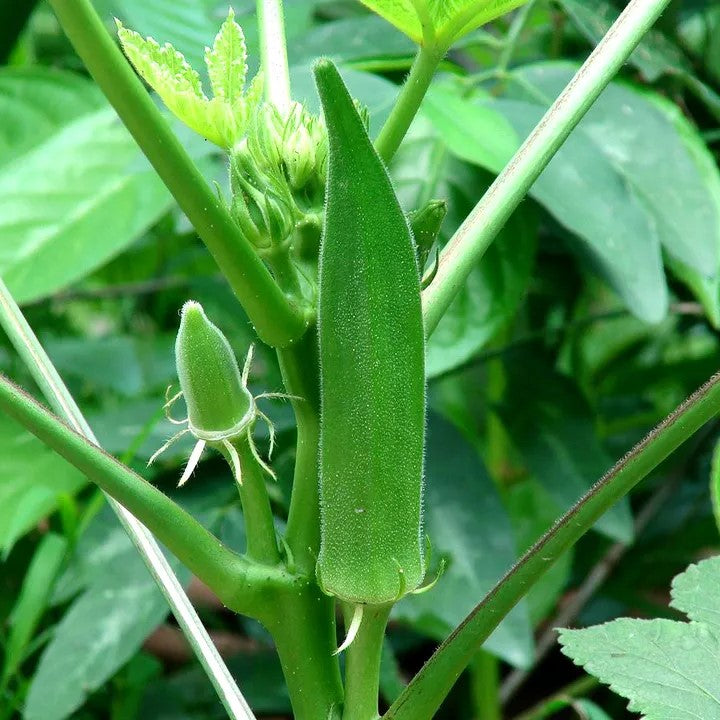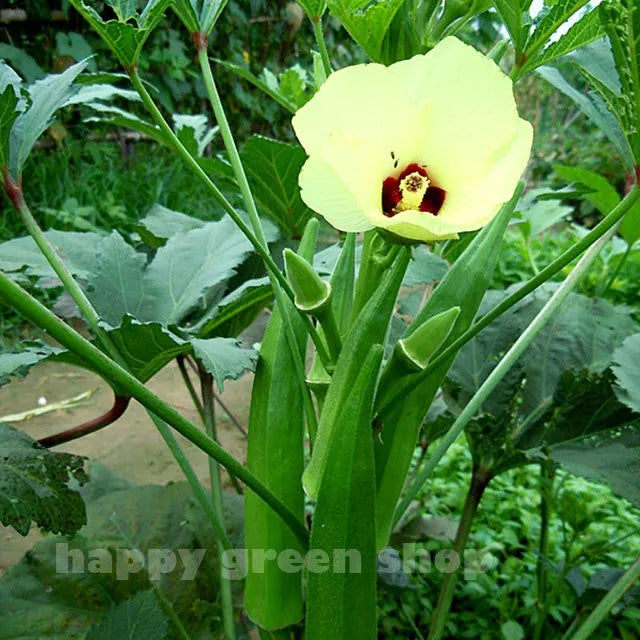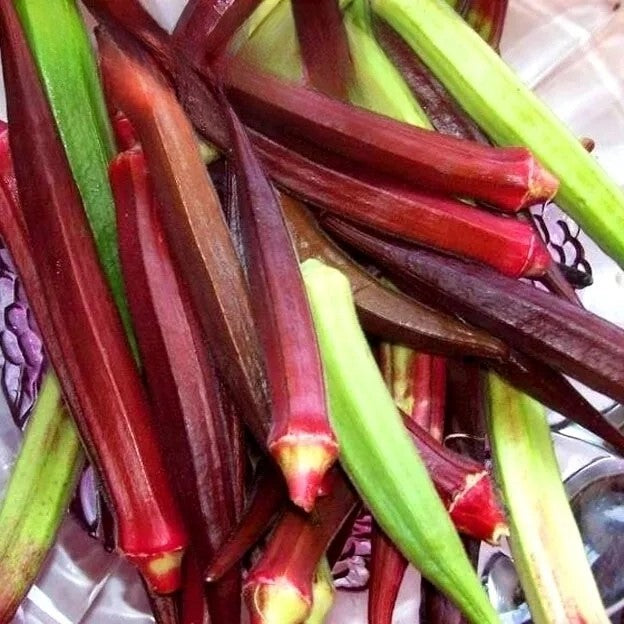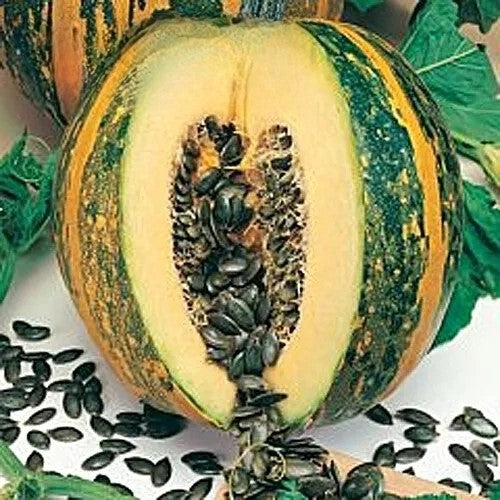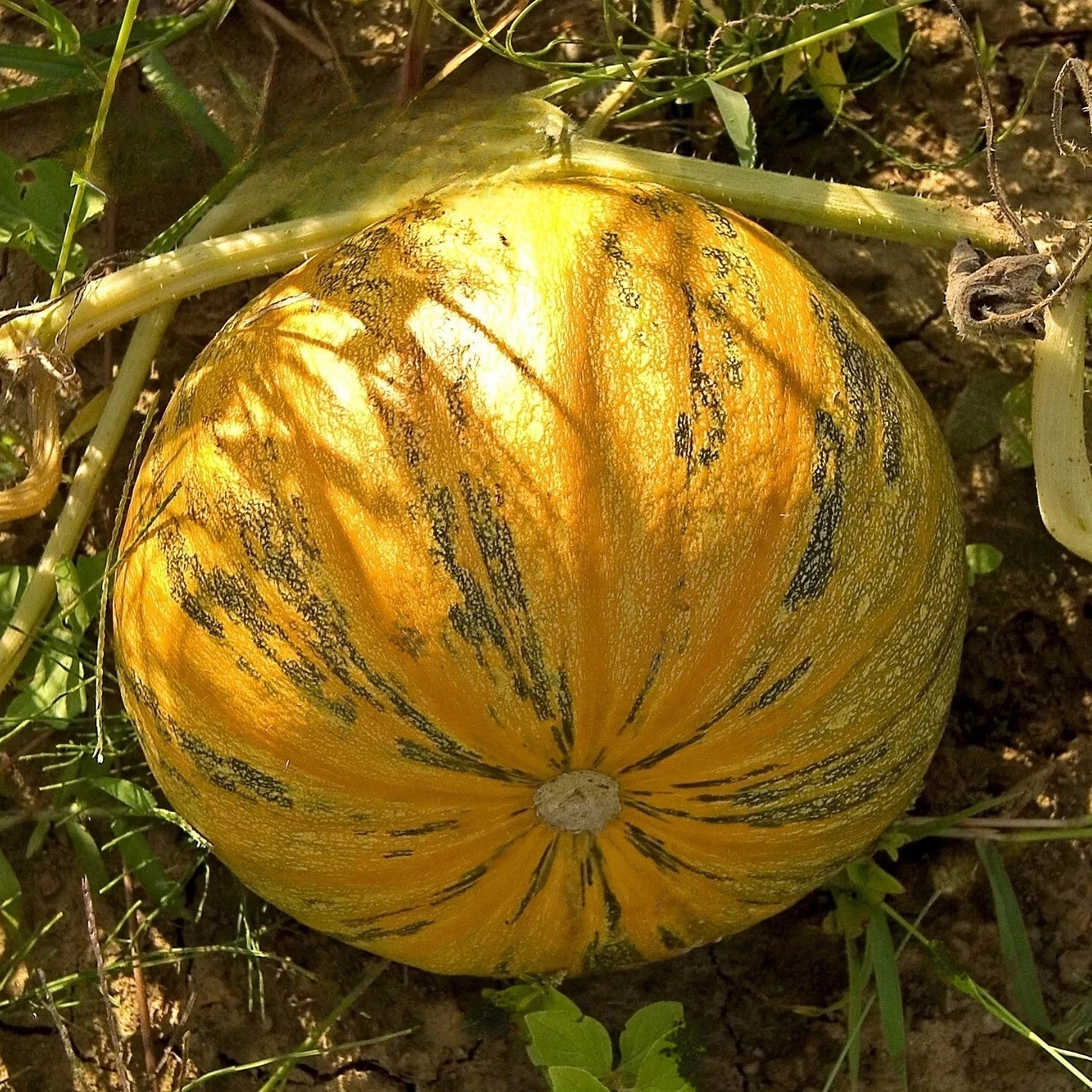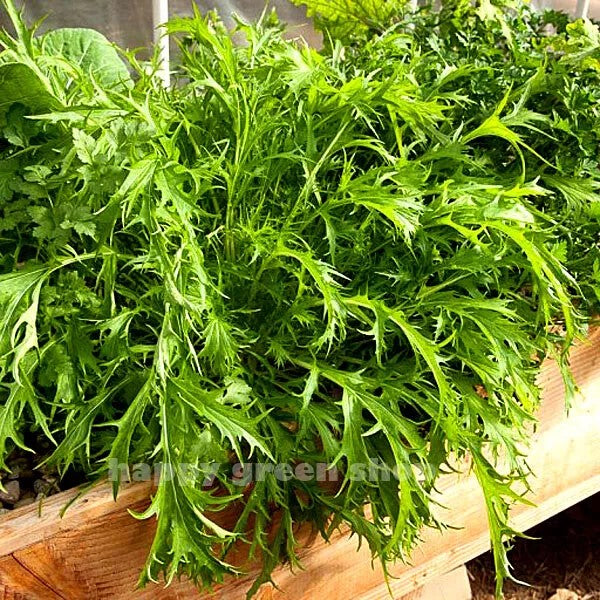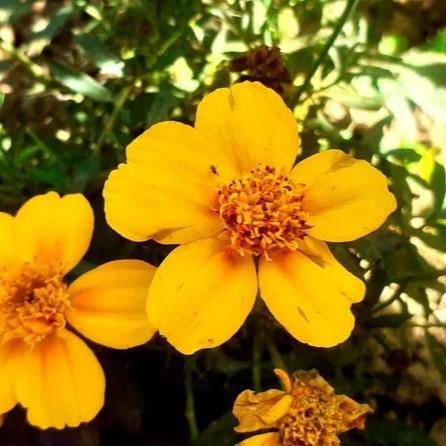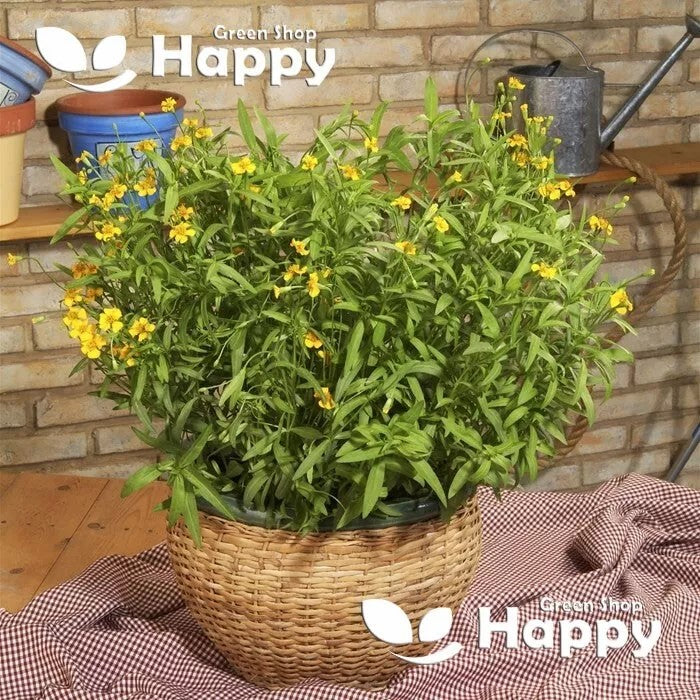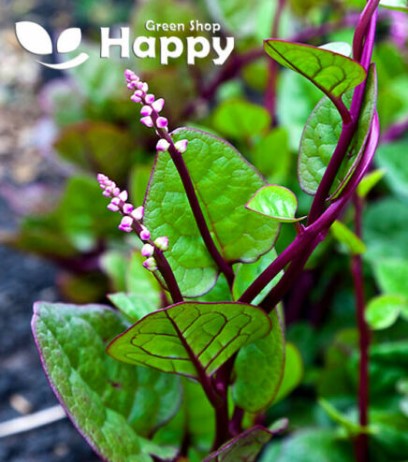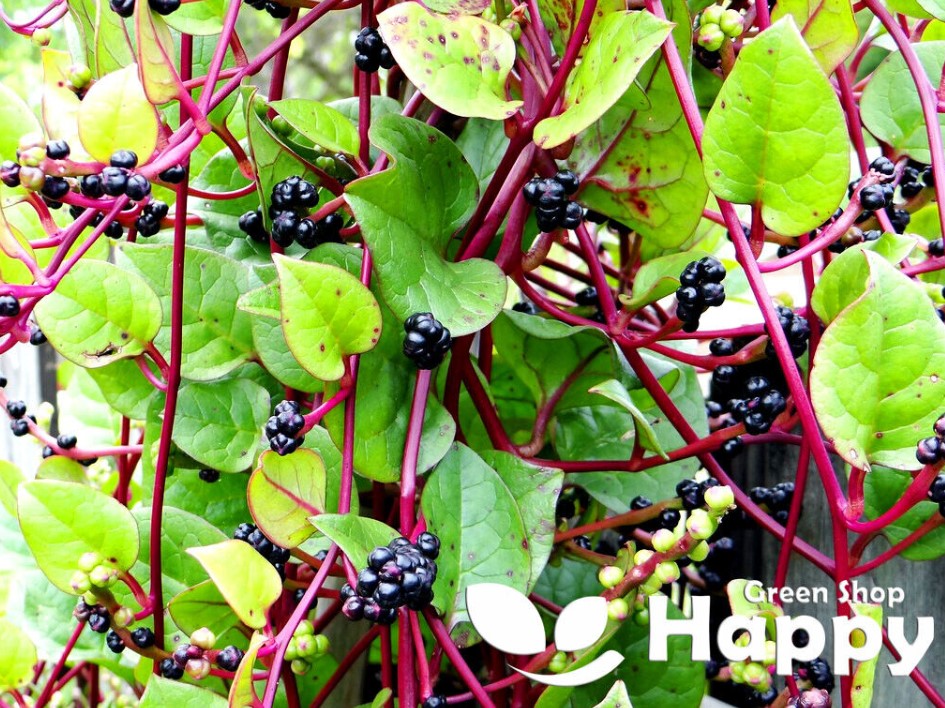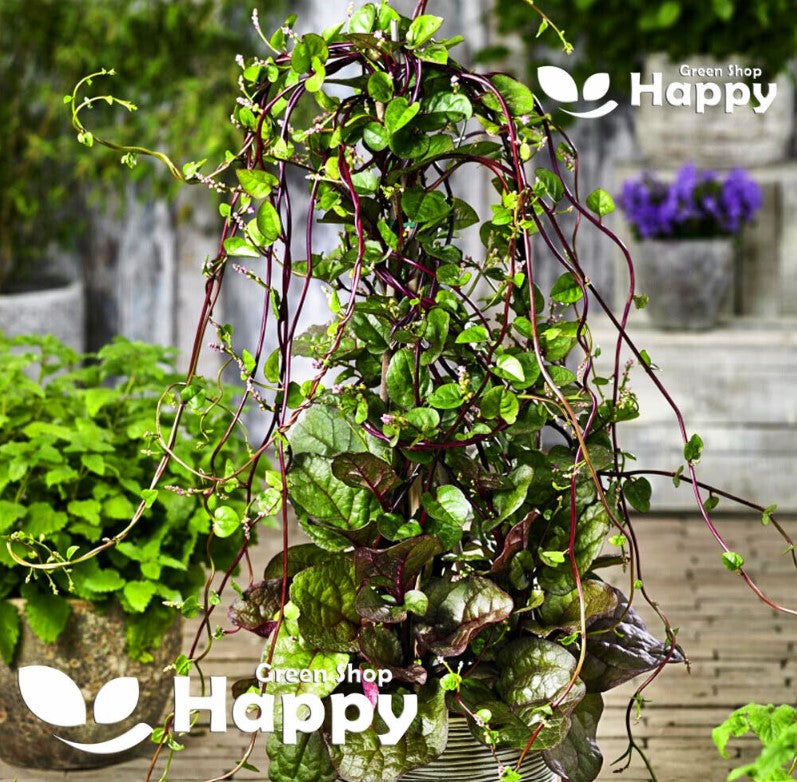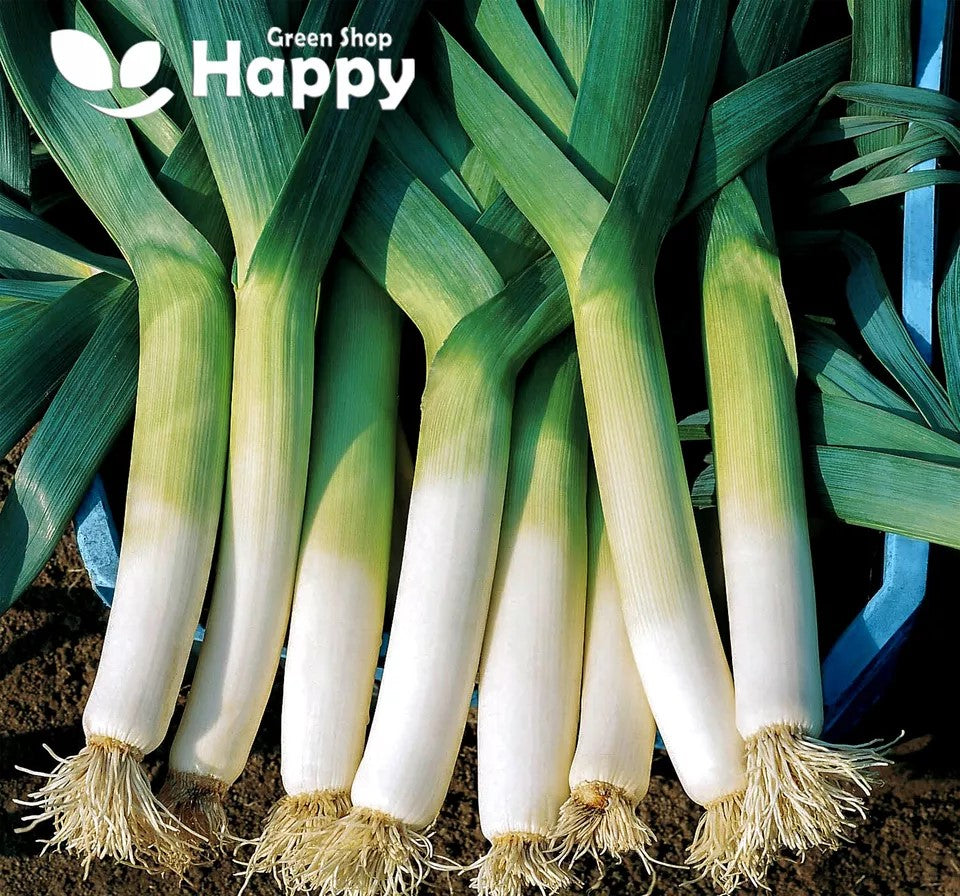Sort by:
97 products
97 products
Onion "Augusta" – Seeds (Allium cepa)
The Onion "Augusta" is a reliable, high-quality variety producing uniform, golden-yellow bulbs with firm flesh and excellent storage ability. Known for its good resistance to bolting and disease, Augusta is ideal for both kitchen gardeners and allotment growers seeking dependable harvests. Its mild, well-balanced flavor makes it versatile for everyday cooking.
How to Grow
-
Sow indoors from January to March for transplanting, or direct outdoors from March to April.
-
Sow thinly, 1 cm deep, in rows 25–30 cm apart.
-
Prefers fertile, well-drained soil in full sun.
-
Thin seedlings to 10 cm apart to allow bulbs to swell.
-
Water regularly during dry periods.
Key Features
-
Uniform, golden-yellow bulbs
-
Mild, versatile flavor
-
Good resistance to bolting
-
Excellent storage potential
-
Easy to grow, reliable yields
Ideal For
-
Everyday cooking – soups, salads, stir-fries, roasting
-
Long-term storage after harvest
-
Kitchen gardens and allotments
Sowing & Harvest
-
Sow: January to April
-
Depth: 1 cm
-
Spacing: 10 cm between plants, 25–30 cm between rows
-
Harvest: August to September
Quick Tip
-
Lift onions when the tops begin to yellow and bend over. Dry thoroughly before storing in a cool, airy place.
Okra 'Clemson Spineless' – Seeds (Abelmoschus esculentus)
Okra 'Clemson Spineless' is the most popular and widely grown okra variety, prized for its tender, spineless green pods and high yields. A warm-season crop, it thrives in sunny conditions and produces long, slim pods that are perfect for frying, grilling, soups, curries, and traditional gumbo dishes. Compact and productive, it’s ideal for home gardens or allotments.
How to Grow
-
Sow indoors: March – May in pots or modules with heat.
-
Transplant outdoors: After last frost when soil has warmed.
-
Soil: Fertile, well-drained soil in full sun.
-
Spacing: 30–45 cm apart.
-
Water regularly during dry spells to encourage pod production.
Key Features
-
Famous spineless okra variety
-
High-yielding and fast-growing
-
Tender, slim pods with rich flavor
-
Heat-loving annual for summer harvests
-
Perfect for gumbo, curries, soups, and frying
Ideal For
-
Kitchen gardens and allotments
-
Sunny, sheltered growing positions
-
Gardeners who enjoy exotic vegetables
Sowing & Harvest
-
Sow: March – May
-
Harvest: July – October
Quick Tip
Harvest pods when young (7–10 cm long) for the best flavor and tenderness. Picking regularly encourages further production.
Okra 'Burgundy' – Seeds (Abelmoschus esculentus)
Okra 'Burgundy' is a striking, heat-loving variety that produces deep red, tender pods with a mild, nutty flavor. The vibrant color adds visual appeal to the garden and the kitchen, making it perfect for stir-fries, stews, soups, or pickling.
This variety is vigorous, productive, and well-suited to warm climates or summer cultivation in temperate regions. Its upright growth habit makes harvesting easy and keeps pods clean.
How to Grow
-
Sow indoors: March – April
-
Sow outdoors: May – June, after last frost
-
Depth: 1–2 cm
-
Spacing: 40–50 cm between plants, rows 60–80 cm apart
-
Position: Full sun, sheltered and warm
-
Soil: Fertile, well-drained, rich in organic matter
-
Watering: Regular watering, avoid waterlogging
Key Features
-
Produces striking deep red, tender pods
-
Mild, nutty flavor ideal for cooking and pickling
-
Vigorous and productive variety
-
Upright growth for easy harvesting
-
Thrives in warm climates or summer cultivation
Harvest
-
Harvesting period: July – September
-
Pick pods when 10–15 cm long and still tender for the best taste.
Short Tip
Regular harvesting encourages continuous production and prevents pods from becoming tough.
Oil Squash 'Olga' Pumpkin – Seeds (Cucurbita pepo)
The Oil Squash 'Olga' is a versatile pumpkin variety prized for its dense, flavorful flesh and high oil content. Ideal for culinary use, soups, baking, or roasting, 'Olga' produces medium to large, round fruits with smooth skin and rich, orange flesh.
This vigorous plant grows well in garden beds or allotments, providing reliable yields throughout the season. Its robust growth habit and excellent storage qualities make it a practical choice for home gardeners seeking both taste and productivity.
How to Grow
-
Sow outdoors: April – May after last frost
-
Plant spacing: 100–120 cm between plants
-
Position: Full sun
-
Soil: Fertile, well-drained soil enriched with compost
-
Care: Water regularly and mulch to retain moisture; remove weeds to support healthy growth
Key Features
-
Medium to large, round pumpkins with smooth skin
-
Dense, flavorful flesh ideal for oil extraction, cooking, or baking
-
High-yielding and vigorous plants
-
Good storage qualities for long-term use
-
Suitable for garden beds or allotments
Harvest
-
Harvesting period: 90–120 days after sowing
-
Pick when the skin is fully colored and hard; store in a dry, cool place.
Short Tip
Allow fruits to fully ripen on the vine for maximum flavor and oil content.
Mizuna – Seeds (Brassica rapa var. japonica)
A staple of Japanese cuisine, Mizuna is a fast-growing leafy green with elegant, feathery leaves and a mild, peppery flavor. Often used in salads, stir-fries, and soups, it’s highly versatile and easy to grow. Mizuna is also very cold-tolerant, making it an excellent choice for year-round harvests, especially in spring and autumn.
How to Grow
-
Sow outdoors from March to September or under cover in winter for year-round harvest.
-
Sow thinly, 0.5 cm deep, in rows 15–20 cm apart.
-
Prefers moist, fertile, well-drained soil in sun or partial shade.
-
Harvest leaves young for salads or allow plants to mature for cooking.
Key Features
-
Japanese mustard green with feathery leaves
-
Mild, peppery taste – great for salads, stir-fries & soups
-
Fast-growing and highly productive
-
Cold-hardy and suitable for year-round cultivation
-
Cut-and-come-again variety for continuous harvest
Ideal For
-
Asian-inspired cooking
-
Salads, soups, and stir-fries
-
Kitchen gardens, raised beds, or containers
-
Succession sowing for steady supply
Sowing & Harvest
-
Sow: March to September (under cover in winter)
-
Depth: 0.5 cm
-
Spacing: 15–20 cm
-
Harvest: 3–6 weeks after sowing
Quick Tip
-
Regular harvesting of young leaves will extend the cropping period and prevent the plants from bolting.
Mexican Tarragon – Seeds
(Tagetes lucida) – Perennial Herb / Ornamental
Mexican Tarragon, also known as Sweet Mace or Spanish Tarragon, is a versatile plant prized both as a culinary herb and a decorative flower. It produces bright golden-yellow blossoms and aromatic leaves with a distinctive anise-like flavor, often used as a substitute for French tarragon in cooking. Highly valued in traditional medicine and rituals, it is also a magnet for pollinators like bees and butterflies.
Key Features
-
Type: Tender perennial (often grown as annual in cooler climates)
-
Height: 45–75 cm
-
Spread: 30–40 cm
-
Flowers: Clusters of golden-yellow blooms
-
Blooming period: Summer to autumn
-
Position: Full sun
-
Soil: Well-drained, moderately fertile soil
-
Other: Aromatic foliage; edible herb
Ideal For
-
Herb and kitchen gardens
-
Summer borders and cottage gardens
-
Pollinator-friendly gardens
-
Containers and pots
-
Edible landscaping
Culinary & Herbal Uses
-
Leaves used fresh or dried in soups, sauces, chicken, and fish dishes
-
Herbal teas with calming properties
-
Traditional medicinal and ceremonial uses
Sowing & Growing
-
Sow indoors: February–April in seed trays with light soil.
-
Germination: 7–14 days at 18–22°C.
-
Transplant: Harden off and plant outdoors after the last frost.
-
Care: Prefers sunny, warm positions. Pinch young shoots to encourage bushiness. Harvest leaves before flowering for best flavor.
Malabar Spinach – Seeds (Basella alba)
Malabar Spinach is a fast-growing, tropical vine known for its thick, succulent leaves and high nutritional value. Ideal for salads, stir-fries, soups, and garnishes, this heat-tolerant leafy green thrives where traditional spinach struggles.
Its vigorous climbing habit makes it perfect for trellises, fences, or vertical garden spaces. Malabar Spinach is not only delicious but also adds lush greenery and ornamental appeal to any garden.
How to Grow
-
Sow indoors: February – April
-
Sow outdoors: After last frost, spacing 30–40 cm apart
-
Position: Full sun to partial shade
-
Soil: Fertile, well-drained soil enriched with compost
-
Care: Water regularly; provide support for climbing; pinch tips to encourage bushier growth
Key Features
-
Fast-growing, heat-tolerant leafy green
-
Thick, succulent leaves perfect for salads, stir-fries, and soups
-
Vigorous climbing vine suitable for trellises or fences
-
Adds ornamental greenery to gardens
-
Easy to grow and high-yielding
Harvest
-
Harvesting period: 50–70 days after sowing
-
Pick young leaves regularly for the best flavor and tender texture.
Short Tip
Provide a trellis or support for climbing; regular harvesting promotes continuous growth and keeps leaves tender.
Lovage Seeds (Levisticum officinale)
Grow a robust, aromatic herb with Lovage (Levisticum officinale). This perennial produces tall, leafy stems with a strong celery-like flavor, perfect for soups, stews, stocks, and herbal infusions. Hardy and long-lived, it’s ideal for herb gardens, perennial beds, and pollinator-friendly plantings.
How to Grow
-
Sow seeds indoors 6–8 weeks before the last frost or directly outdoors in spring.
-
Use fertile, well-drained soil in full sun to partial shade.
-
Sow seeds 0.5–1 cm deep and thin seedlings to 40–50 cm apart.
-
Keep soil consistently moist until germination (14–21 days).
-
Transplant seedlings outdoors after frost risk has passed.
-
Harvest leaves and stems as needed; roots can be harvested in autumn.
Key Features
-
Tall, leafy perennial with strong celery-like flavor
-
Hardy, long-lived, and easy to grow
-
Ideal for soups, stews, stocks, and herbal infusions
-
Attracts pollinators and enhances garden biodiversity
-
Suitable for herb gardens, perennial beds, and companion planting
Ideal For
-
Herb gardens and kitchen beds
-
Culinary use in soups, stews, stocks, and teas
-
Perennial borders and pollinator-friendly plantings
-
Long-term herb cultivation with minimal maintenance
Sowing
-
Best time: Spring indoors or outdoors after frost
-
Depth: 0.5–1 cm
-
Spacing: Thin to 40–50 cm apart
-
Prefers full sun to partial shade and fertile, well-drained soil
Quick Tip
-
Regularly trim leaves to encourage bushier growth and a continuous supply throughout the season.
Leek ‘Winner’ – Seeds (Allium porrum)
Leek ‘Winner’ is a high-quality variety producing strong, upright plants with long, thick white shanks and dark green leaves. It is reliable, hardy, and suitable for harvesting throughout autumn and early winter. With its mild, sweet flavor, ‘Winner’ is a versatile kitchen staple perfect for soups, stews, and roasting.
How to Grow
-
Sow indoors: January – March in seed trays at 15–20°C.
-
Sow outdoors: March – April in drills, 1 cm deep.
-
Transplant seedlings when pencil-thick, spacing 15 cm apart in rows 30 cm apart.
-
Plant deeply to encourage longer white stems.
-
Prefers rich, well-drained soil in a sunny position.
Key Features
-
Strong, upright growth with long white shanks
-
Mild, sweet flavor for versatile cooking
-
Hardy variety for autumn and early winter harvests
-
Excellent storage qualities
Ideal For
-
Soups, stews, and casseroles
-
Roasting and grilling
-
Home gardens and allotments
Sowing & Harvest
-
Sow: January – April
-
Harvest: September – December
Quick Tip
For extra-long, tender shanks, earth up soil around the stems as they grow.
Showing 54/97

